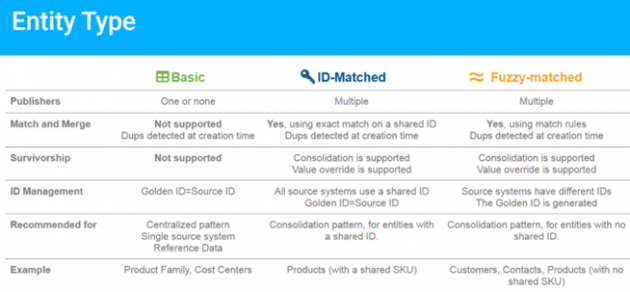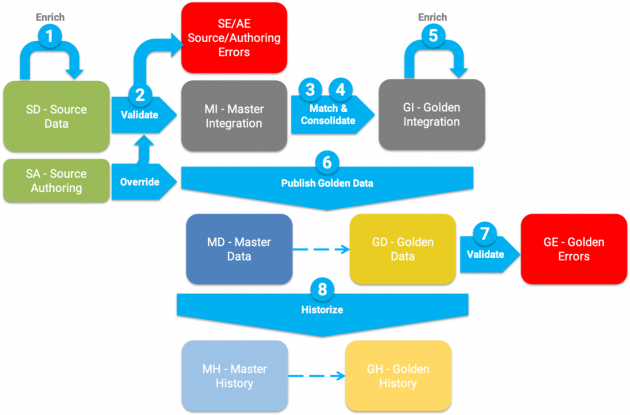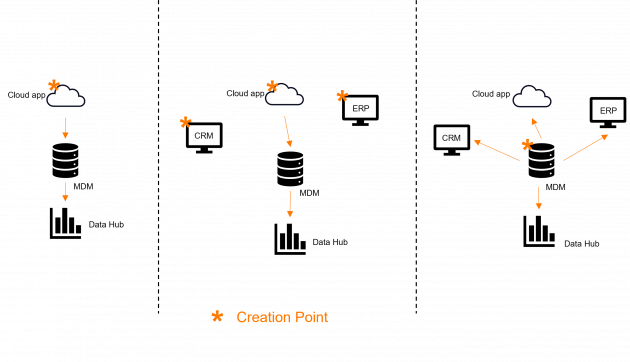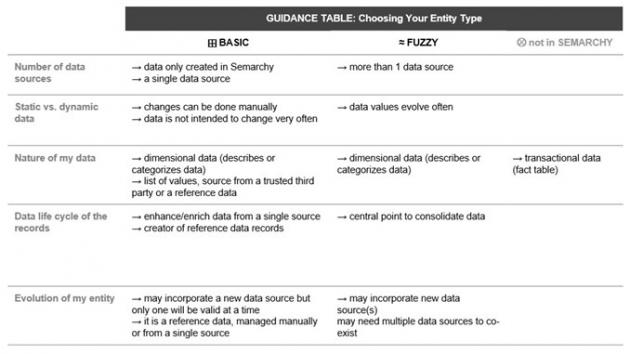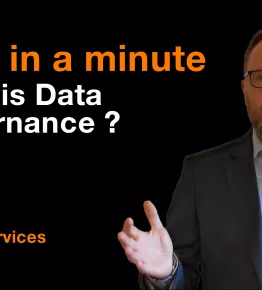First, no worries, nothing is immutable… but once you have chosen your entity type, you definitely want to avoid changing it, as this requires time and has an important impact. Choosing an entity type has specific repercussions on the way you manage your data, the consolidation process and the rules you can implement later, so let’s ensure we make the right choice from the start.
